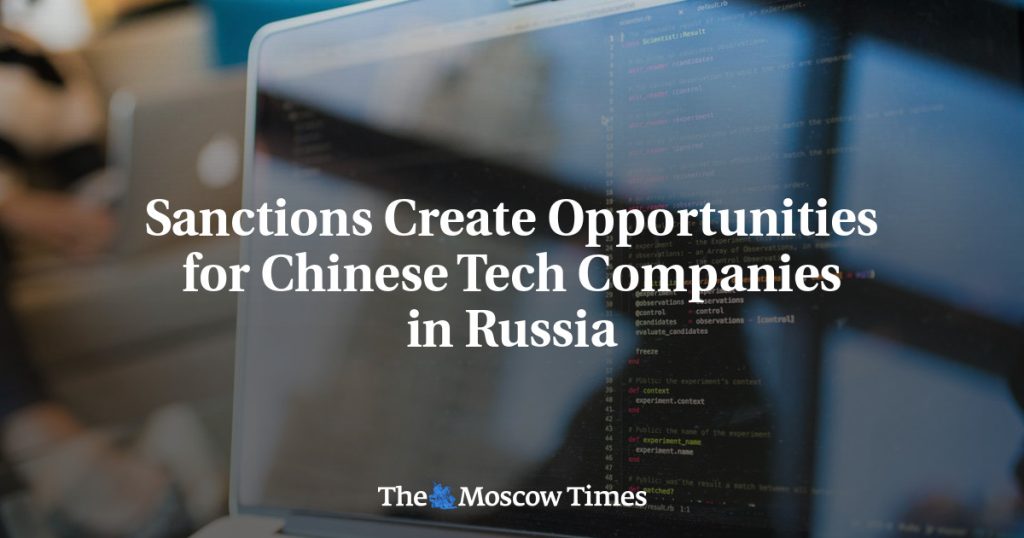Summarize this content to 2000 words in 6 paragraphs
Chinese IT companies are rapidly expanding their footprint in Russia, capitalizing on new opportunities created by the ongoing war in Ukraine and extreme Western sanctions that have banned tech exports to Russia, the Kommersant business daily reported Thursday.
With their primary focus on software development and cryptocurrency mining — the latter prohibited in China but flourishing in Russia — these firms are reshaping the Russian tech landscape.
According to Kommersant, the number of Russian and Chinese IT companies that approached the Russian-Asian Union of Industrialists and Entrepreneurs (RASPP) rose 18% in 2024, seeking assistance to access “friendly markets.” Chinese firms were twice as active as their Russian counterparts.
RuStore, a Russian application platform, has also observed a surge in interest from Chinese developers. The platform reported that over half of user spending now comes from Chinese applications, the number of which doubled in the second half of 2024. Moreover, 75% of these Chinese products are gaming applications.
“China’s IT sector is oversaturated with offers,” experts note, adding that limited opportunities for entering foreign markets make Russia’s less competitive market particularly appealing. Additionally, Chinese mining companies are actively moving into Russia, drawn by its permissive stance on cryptocurrency mining, after the Kremlin did an about-face on its opposition and launched a digital ruble last summer as a way of dealing with sanctions-related payment problems.
For Russia, this influx of Chinese software offers a potential solution to the software void left by Western sanctions. Following the onset of the war, major companies such as Autodesk, Adobe, Microsoft, EPAM Systems, Oracle and SAP ceased their operations in Russia. As a result, only 30-40% of the banned foreign software has been replaced by domestic alternatives, with 60% of companies continuing to rely on restricted foreign products. Nevertheless, technology sanctions on Russia have largely failed, as it has been able to import what it needs via partners in third countries.
However, challenges persist despite the burgeoning Chinese interest. Payment mechanisms and the delivery of finished electronics and spare parts from China remain problematic, sources told Kommersant. Yet Chinese exports to Russia in 2024 reached a record $115.5 billion, predominantly comprising high-tech goods such as computers, construction equipment, industrial machinery, vehicles and spare parts. In return, Russia mainly supplied China with raw materials.
The growing collaboration between Russian and Chinese tech firms has sparked concerns about dependency. While the influx of Chinese IT solutions diversifies the technological and service offerings in Russia, critics warn of an increasing “Sinicization” of sectors traditionally considered Russian strongholds.
Strengthened Chinese presence in Russia’s IT and cryptocurrency sectors underscores a shifting dynamic. As one observer put it, “Import substitution is turning into Sinicization even in sectors that were traditionally considered Russian,” The Bell reported.
This article was originally published by bne IntelliNews.















